All Science
 Whither whale sharks? What 9-year study reveals so far about mammoth fish.
Whither whale sharks? What 9-year study reveals so far about mammoth fish.One tidbit is that the plankton-eating whale sharks like to feed in waters northeast of the Yucatán Peninsula. The study's aim is to learn the species' migration patterns in the western Atlantic region.
 Stone Age foodies enjoyed spicy meals, say archaelogists
Stone Age foodies enjoyed spicy meals, say archaelogistsA microscopic analysis of 6,000-year-old cookware unearthed in Europe shows that neolithic chefs seasoned their meals.
 Oarfish? Strange, Spanish fish carcass has been identified.
Oarfish? Strange, Spanish fish carcass has been identified.Oarfish? No. A rotting fish carcass on a Spanish beach has been identified as a shark, not an oarfish.
 Why do wolves howl? Scientists unravel mystery.
Why do wolves howl? Scientists unravel mystery.Researchers have discovered a correlation between the number of times that a wolf howls and the strength of the relationship with other members of the pack.
 Neolithic people didn't eat like cavemen, ate spiced fish and meat
Neolithic people didn't eat like cavemen, ate spiced fish and meatScientists have found that as early as about 6,000 ago, people added garlic mustard to their meals, a finding that revises conventional beliefs about how Neolithic people lived.
- Humongous Russian hovercraft startles beachgoers
Beachgoers in Russia found themselves in the midst of a tactical maneuver by the world's largest class of hovercraft. A Russian defense ministry spokesperson said that the beach was on the territory of a Russian military base, and that he didn't know why there were civilians on the beach.
 Sinkhole swallows tree in a dramatic video
Sinkhole swallows tree in a dramatic videoSinkhole swallows tree: A Louisiana sinkhole more than a year old snaps up more swampland, making for eerie footage.
 Sun hurls humongous blob of plasma toward Earth
Sun hurls humongous blob of plasma toward EarthOn Tuesday morning our sun erupted a coronal mass ejection, a cloud of electrically charged superheated particles that is heading toward our planet at 2 million miles per hour.
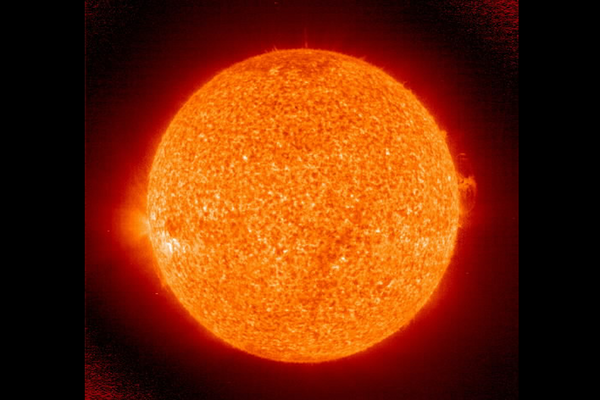 Global warming: What happens if the sun loses its spots?
Global warming: What happens if the sun loses its spots?Solar physicists increasingly say we could be entering a 'grand solar minimum' of no sunspot activity, the last one of which coincided with the Little Ice Age. Climate scientists are looking at how that could impact global warming.
 'Lava world' orbits its star in just 8.5 hours
'Lava world' orbits its star in just 8.5 hoursAstronomers have detected a molten world that is 40 times closer to its star than Mercury is to ours.
 Why are NASA's new astronaut candidates called the 'Eight Balls'?
Why are NASA's new astronaut candidates called the 'Eight Balls'?NASA formally welcomed its new crop of astronaut candidates on Tuesday, along with the unusual nickname bestowed upon them by the 2009 astronaut cohort.
- Israel: Bible Assyrian seige account matches archaeological find
Israel Bible: Assyrian inscriptions and biblical accounts describe a revolt against the Assyrian empire in eighth century BC Judea. A newly discovered harbor fortification lends credence to these stories.
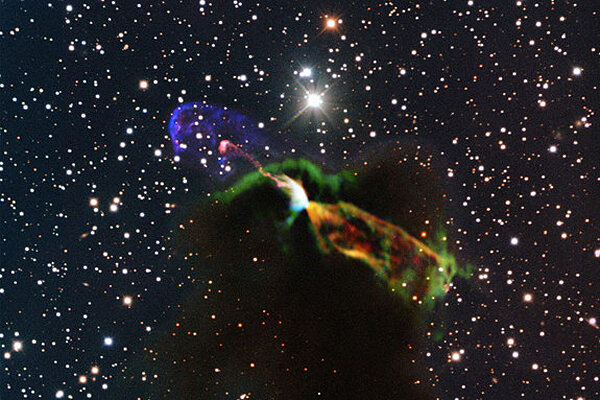 Radio telescope captures birth of star
Radio telescope captures birth of starA huge radio telescope in Chile has snapped images of a baby star being born from a cloud of interstellar gas.
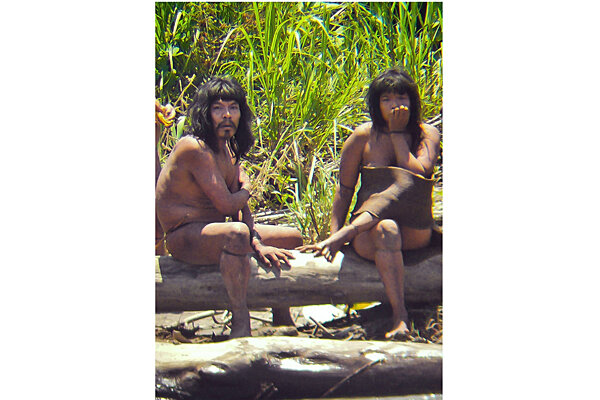 Mashco-Piro tribe members attempt to contact outsiders
Mashco-Piro tribe members attempt to contact outsidersMashco-Piro tribe members, who have for decades lived in voluntary isolation in Peru's southeastern Amazon rainforest, have attempted to make contact with the outside world for the second time since 2011.
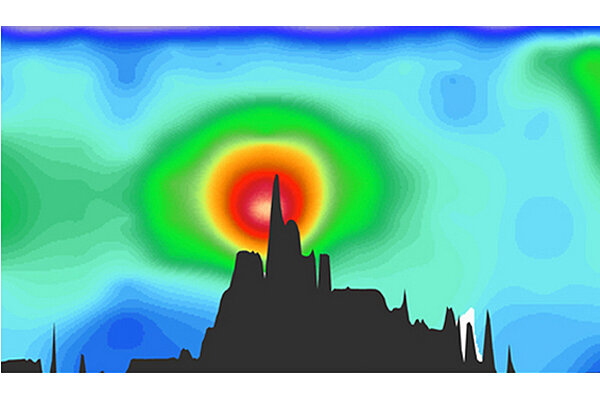 Humongous plume of iron-rich water discovered in Atlantic
Humongous plume of iron-rich water discovered in AtlanticNear the middle of the Atlantic Ocean, scientists have detected a huge plume of water with iron dissolved in it, an important nutrient for plankton.
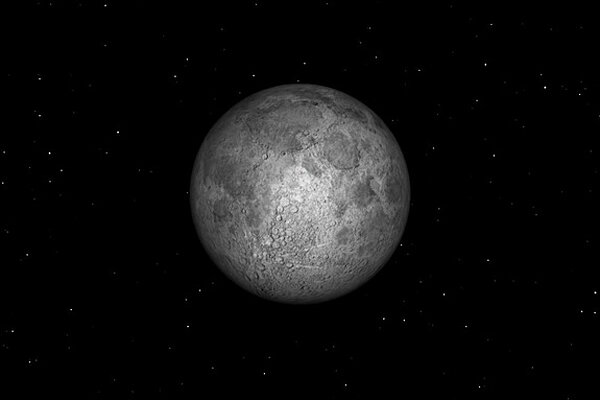 Blue moon goes by many names
Blue moon goes by many namesTuesday night will see a blue moon, a rare astronomical event that is also known as a grain moon, a green corn moon, and many other inscrutable nicknames.
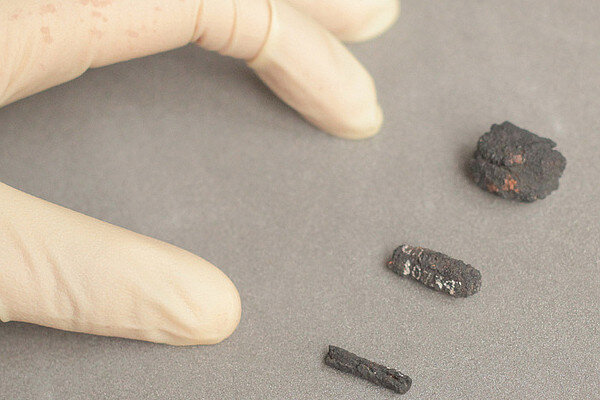 Out of this world: Ancient Egyptians wore meteorite jewelry
Out of this world: Ancient Egyptians wore meteorite jewelryIron beads found in a necklace in an Egyptian tomb were forged from meteorite iron, two thousand years before the Iron Age began, say an international team of researchers.
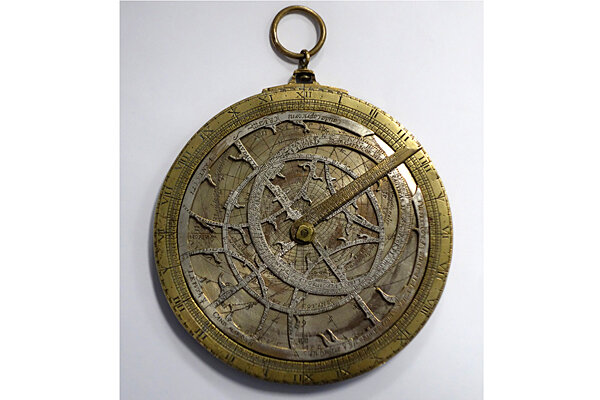 Rare Swedish thingamabob to be returned to museum
Rare Swedish thingamabob to be returned to museumA 16th-century brass-and-silver doohickey that had been missing for a decade turned up in the hands of an Italian collector, who stepped forward to return it. The whatchamacallit is to be returned to the museum in a ceremony Wednesday.
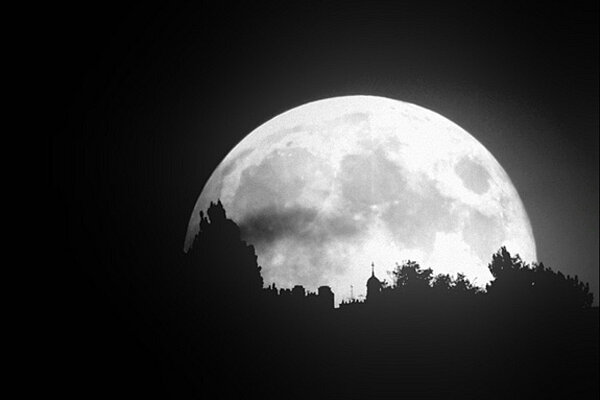 Blue moon: Five amazing facts
Blue moon: Five amazing factsThose looking up at the sky on Tuesday night might witness a blue moon. Here's what you should know about this famously rare astronomical event.
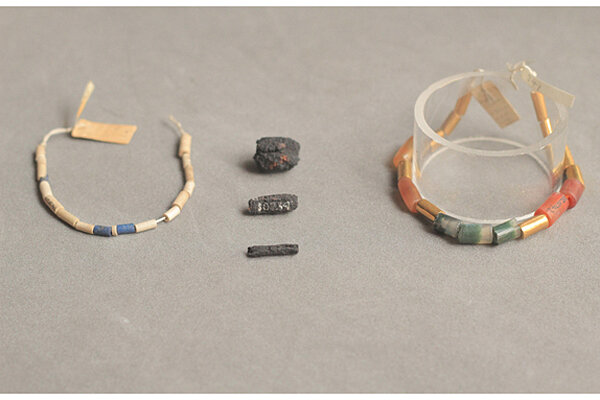 Ancient Egyptian jewelry came from outer space, say scientists
Ancient Egyptian jewelry came from outer space, say scientistsAn analysis of beads discovered in a 5,000-year-old Egyptian tomb reveals their surprising origins, say archaeologists.





















